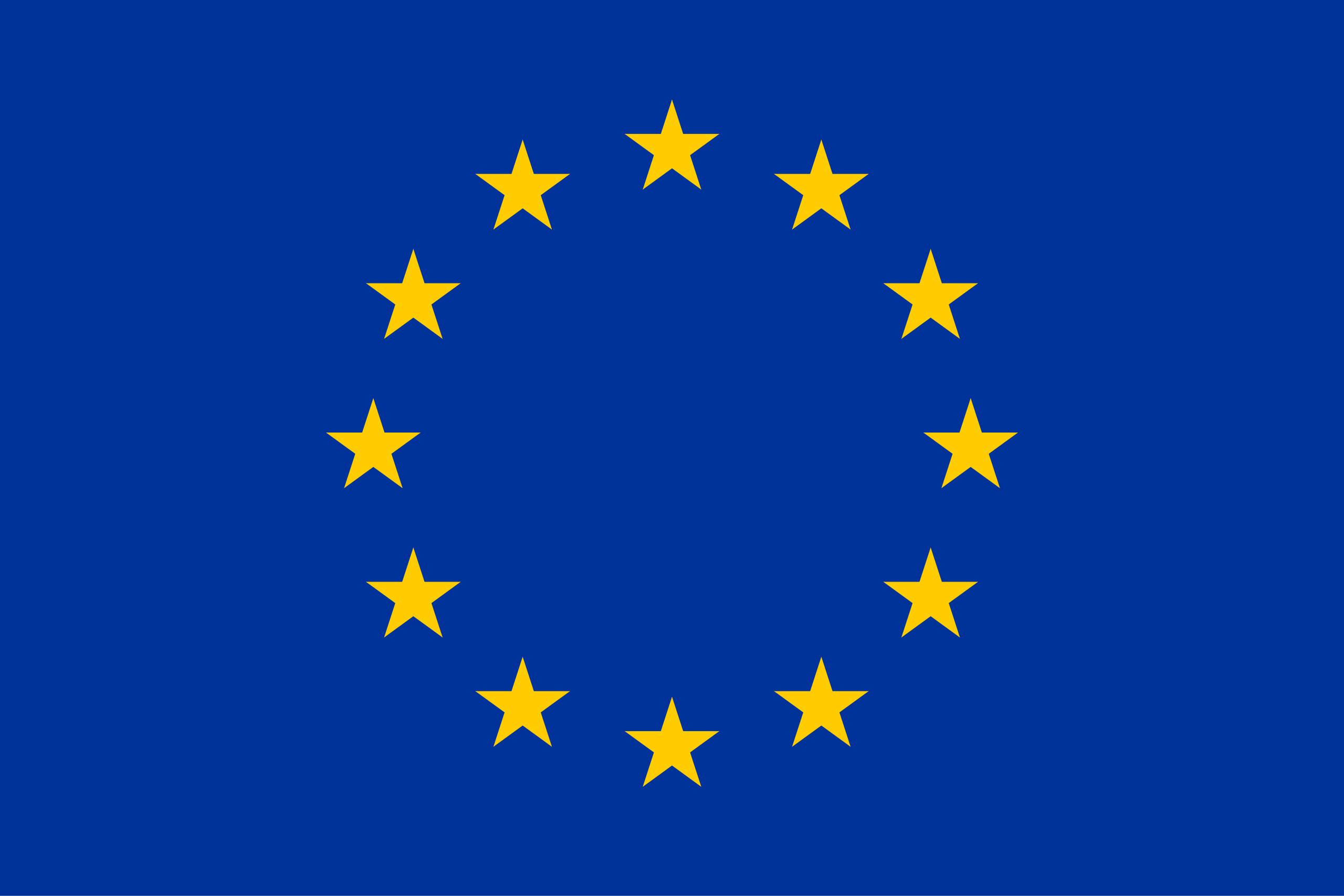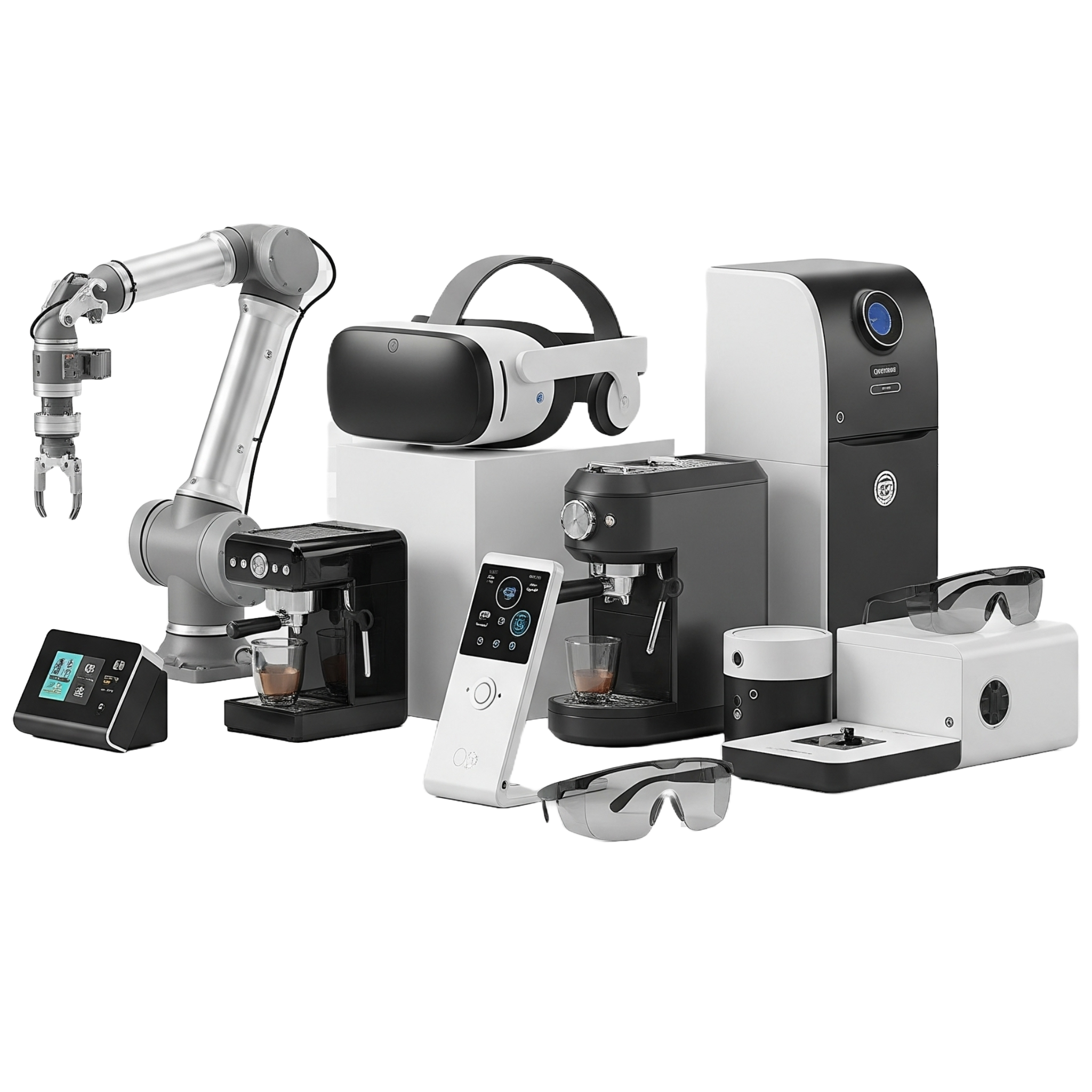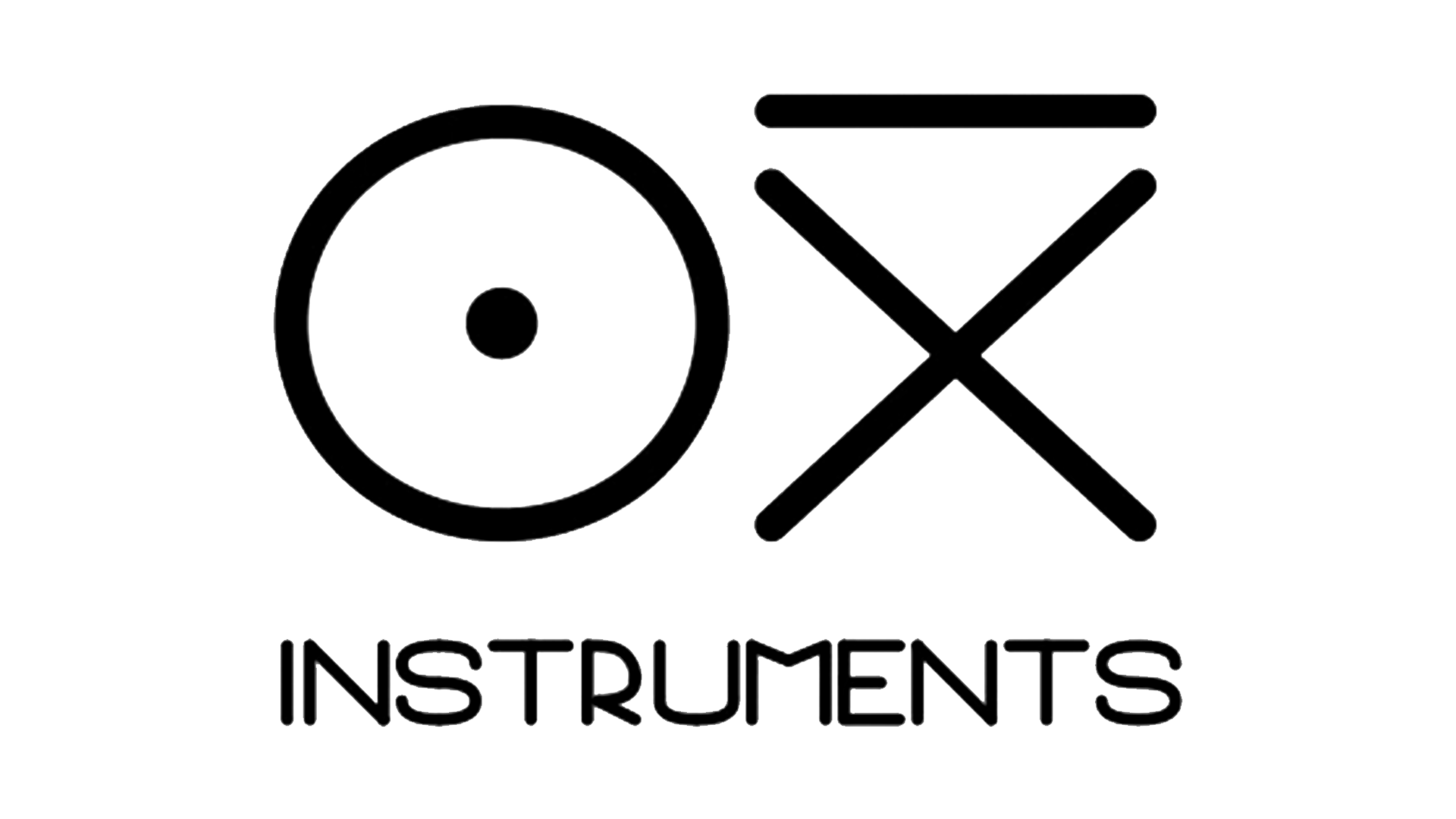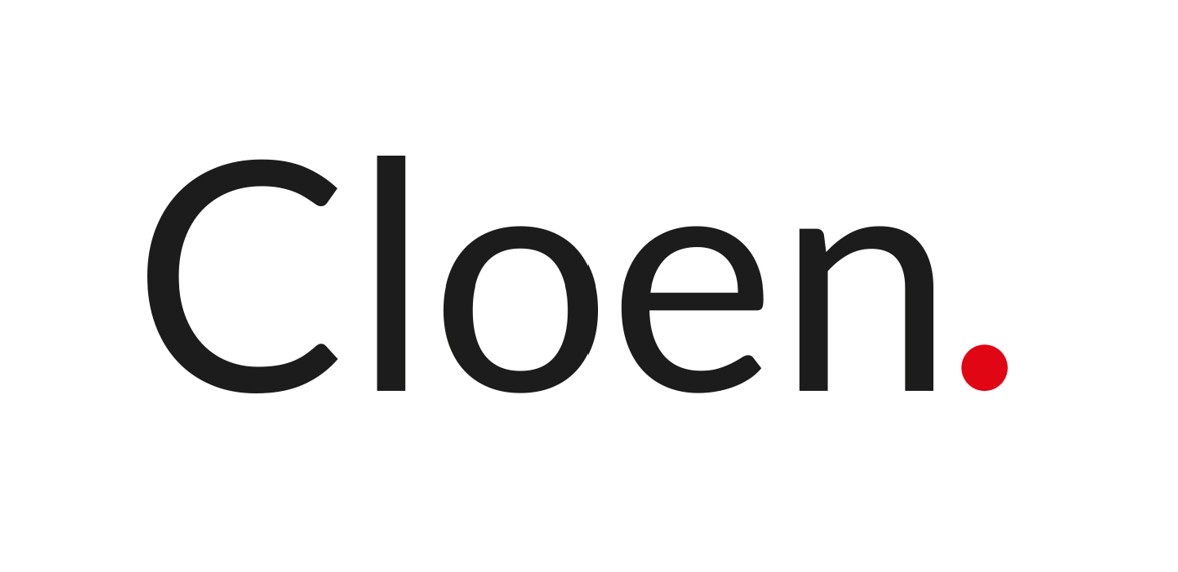CE Marking

The gateway to Europe
Introduce your products into the European market reliably and safely.


What is CE Marking about?
CE Marking is a mandatory process that applies to certain product categories (not all) and aims to ensure that products subject to its standards meet European standards for safety, quality, and effectiveness. CE Marking allows these products to be marketed in the European Economic Area.
The CE Mark (Decision No. 768/2008/EC) is a mandatory conformity certification indicating that a product complies with the legal requirements of the European Union in terms of safety, health, and environmental protection. This marking is required for certain products sold within the European Economic Area (EEA) and indicates that these products have been assessed and meet the relevant EU regulations.
This marking allows for the free movement of products within the EEA market and is recognisable by its distinctive logo, which consists of the letters "CE".
CE Marking does not apply to all products, but only to those covered by European Union (EU) directives and regulations that require this marking. For example, CE marking is mandatory for products such as toys, electrical equipment, medical devices, machinery, and personal protective equipment, among others. Each product category has specific directives that establish the essential safety and health requirements. Products such as food, medicines, and chemicals have their own regulatory frameworks and do not use the CE Marking.
Further down this page, you will find detailed information about which products are covered by the CE Marking.
The basis for CE Marking is established by Decision No. 768/2008/EC. This legal document implements common elements for all product categories subject to CE Marking. However, each category is subject to its own legal acts (Directives and/or Regulations) which indicate both the procedures and the technical and documentary requirements that the category must meet.
Obtaining CE Marking is subject to a legal study of the applicable requirements for the product, as well as the verification of these legal requirements through laboratory tests, preparation of a technical file, user manual, product marking, and the signing and issuing of the EU Declaration of Conformity. These activities are the manufacturer's responsibility. Depending on the nature and risk of the product, the manufacturer may carry them out themselves or may be required to request the intervention of an external certification body (Notified Body).
On this page, you will find detailed information on these procedures.
Requirements to Consider for CE Marking
To obtain CE marking for a product, it is necessary to ensure compliance with the requirements set by the legal acts governing its entry into the EU market. Depending on the type of product, its features, and its intended use, it may be subject to different legal acts (directives and/or regulations) under the CE Marking framework.
Depending on the nature of the product and the inherent risk in its use, the manufacturer may fulfil their obligations (conformity assessment of the product) by their own means (Module A / self-certification) (e.g., electrical appliances or toys), or in other cases, they must mandatorily involve an external body (Notified Body) to carry out these assessment tasks (Modules B and onwards) (e.g., personal protective equipment (PPE) or medical devices with certain features).
Product Categories
There is a wide range of products that require CE Marking to access the EU market.
Bear in mind that...
Electrical and Electronic Devices
Batteries and Accumulators
Medical Devices
Machinery
Toys
Personal Protective Equipment (PPE)
Construction Products
*There are additional categories not included in this list.
Additional Legislation Beyond CE Marking
While CE Marking represents the vast majority of the legislative requirements that must be met, other Directives and Regulations outside the scope of CE Marking may also apply in parallel. Some products, depending on the specific risks they present and the type of product in question, may be subject to additional requirements. These vary according to the product's nature and intended use, and may be established in local, national, or European sector-specific regulations.
Non-exhaustive list. Additional Regulations and Directives to those listed here may apply.
Attention!

How can we help you with CE Marking?
We are a company specialised in conformity with extensive experience in the international product certification sector. Whether you can opt for self-certification or require third-party certification, we dedicate all our resources to ensure that you certify your products in an agile, effective, and guaranteed way.
Our services
Product Certification
Accredited Laboratory Testing
Technical Documentation
Advice and Consultancy
Avoid headaches
Let us help you and focus your energy on your business
“We can only say that they are a great team of professionals. Thanks to their rigorous work and professionalism, we were able to successfully certify the CE and FCC marking of the first version of our product, Travel Sax.”
Ramón Mañas
Odiseimusic (CEO)
“They have made possible what would have been impossible on our own, or much more costly in terms of time and money, allowing us to enter the market with all our responsibilities covered.”
Manuel Vázquez
Oxi Instruments (CEO)
“The quality of their work is excellent; they have shown a level of professionalism and dedication that exceeds our expectations. Their commitment to excellence and their client-oriented approach make them an ideal choice.”
Marcos Bruñuel
Bitbrain (QA/RA Manager)
Learn more about CE Marking
If you are a manufacturer or importer and intend to place a product on the European market, you need to know and understand a series of essential concepts.
Did you know...
To obtain CE marking, a manufacturer must follow several essential steps:
- Identification of applicable legislation: Determine which EU directives or regulations apply to the product.
- Conformity assessment: Conduct an assessment to ensure that the product meets all relevant EU requirements. This may include tests, inspections, and risk assessments.
- Preparation of the technical file: Create a technical file that provides information on the design, manufacture, and operation of the product. This file must be available to market surveillance authorities.
- EU Declaration of Conformity: The manufacturer must draw up and sign a declaration stating that the product complies with all applicable legal requirements.
- Affixing the CE mark to the product: Once the product has met all the requirements, it must be labelled with the CE mark, which must be visible, legible, and permanent.
In some cases, especially for products with a higher level of risk, it may be necessary to involve a notified body, which is an independent organisation designated by an EU member state, to carry out part of the conformity assessment.
To perform the conformity assessment, the CE Marking framework includes a list of modules. The choice of module is determined by the provisions of each directive and product type, and depends on the inherent risk of the product. This process is also known as a certification scheme.
These modules range from self-assessment procedures to assessments performed by third parties. The main ones include:
- Module A (Internal Production Control): Self-assessment by the manufacturer.
- Module B (EU-Type Examination): Assessment and certification by a notified body.
- Module C (Conformity to Type): Production in conformity with an examined type.
- Module D (Production Quality Assurance): Production quality system supervised by a notified body.
- Module E (Product Quality Assurance): Specific product quality system, supervised by a notified body.
- Module F (Product Verification): Assessment of each product or a batch of products by a notified body.
- Module G (Unit Verification): Individual assessment and certification of a specific product by a notified body.
- Module H (Full Quality Assurance): A total quality system covering design, production, and testing, supervised by a notified body.
The CE marking framework involves different roles, each with specific responsibilities in the process of certification and regulatory compliance:
- Manufacturer: Responsible for ensuring that the product complies with all relevant EU requirements, carrying out the conformity assessment, preparing the technical file, issuing the EU Declaration of Conformity, and affixing the CE mark to the product.
- Authorised Representative: If the manufacturer is not established in the EU, they may appoint an authorised representative based in the EU. This representative acts on behalf of the manufacturer for certain tasks, such as ensuring the availability of the technical file.
- Importer: Responsible for verifying that products manufactured outside the EU meet the necessary requirements before being placed on the EU market. They must ensure that the manufacturer has carried out the appropriate conformity assessment and that the product bears the CE mark.
- Distributor: Ensures that the products they distribute comply with EU regulations and bear the CE mark. They must verify that the manufacturer and importer have fulfilled their obligations.
- Notified Body: An entity designated by an EU member state, independent and authorised to assess whether a product meets specific requirements. Their involvement is mandatory for certain higher-risk products.
Each of these roles is crucial for ensuring that CE-marked products are safe and comply with applicable regulations in the European Union and in the countries where this marking applies.
The conformity assessment according to CE marking is the process that verifies whether a product complies with the essential safety, health, and environmental protection requirements established by the EU directives and regulations and the CE Marking. This process, which must be carried out as indicated by the CE Marking, may include tests, inspections, and audits, and varies according to the product category and associated risks. Manufacturers must prepare a technical file, perform the necessary tests, and, in some cases, involve notified bodies for the assessment. The process concludes when the manufacturer issues a declaration of conformity and the product is marked with the CE logo, allowing its commercialisation in the European Economic Area.
CE Marking Directives and Regulations
The CE Marking includes specific Directives and Regulations that cover the requirements and conformity assessment procedures for the products that fall within their definitions.
- Machinery Regulation (EU) 2023/1230
- Regulation (EU) 2023/1542 on batteries
- Pressure Equipment Directive (2014/68/EU)
- Radio Equipment Directive (2014/53/EU)
- RoHS Directive (2011/65/EU)
- Construction Products Regulation (EU) No 305/2011
- Personal Protective Equipment Regulation (EU) 2016/425
- Low Voltage Directive (2014/35/EU)
- Electromagnetic Compatibility Directive (2014/30/EU)
- Toys Directive (2009/48/EC)
- Medical Devices Regulation (EU) 2017/745
- In Vitro Diagnostic Medical Devices Regulation (EU) 2017/746
- Gas Appliances Directive (2009/142/EC):
- Ecodesign Directive (2009/125/EC)
- Lifts Directive (2014/33/EU)
- Pyrotechnic Articles Regulation (2013/29/EU)
- Marine Equipment Directive (2014/90/EU)
- Recreational Craft Directive (2013/53/EU)
- ATEX Directive (2014/34/EU)
- Regulation on Unmanned Aircraft Systems (UAS) (2019/945)
- Ecodesign Directive for energy-related products (2009/125/EC):
Each of these directives and regulations has its own detailed set of standards and requirements, designed to ensure the safety, quality, and sustainability of a wide range of products in the European Union market.
The CE marking applies in the following countries:
- The 27 member states of the European Union (EU): This includes countries such as Germany, France, Italy, Spain, Poland, among others.
- The European Economic Area (EEA) countries: In addition to the EU member states, this includes Iceland, Liechtenstein, and Norway.
- Turkey: Although not a member of the EU or the EEA, Turkey has adopted many EU regulations, including CE marking.
- Other countries that have adopted CE marking or have mutual recognition agreements with the EU: Some countries outside the EEA may recognise the CE mark and allow the sale of products with this marking within their borders, although this varies depending on the country and the type of product.
A risk analysis for a product is a systematic process to identify, assess, and control the potential risks associated with the use of the product. This analysis ensures that all identified risks are reduced to acceptable levels, guaranteeing the product's safety and performance throughout its life cycle.
Laboratory tests are scientific tests performed to verify that the product meets specified safety and performance requirements. These tests ensure that the product is safe and effective for its intended use, assessing aspects such as biocompatibility, functionality, electrical safety, and electromagnetic compatibility. Laboratories may be accredited or not for the tests they perform. The choice of an accredited laboratory will depend, for Module A (self-certification), on the manufacturer itself, and for the other modules, on the certification body (notified body). Accredited laboratories are subject to the requirements imposed by the accrediting body, which include procedural and management aspects (e.g., annual audits, equipment calibration, staff qualifications and skills, specific documentation, and restriction of the services they offer). Accredited laboratories are not permitted to provide technical advice to their clients; their functions are purely for verification and assessment.
The technical file of a medical device is the complete set of documentation that demonstrates the product's conformity with regulatory requirements and describes its performance and construction details. It includes information on the design, manufacture, risk assessment, laboratory tests, and clinical evaluation of the product, ensuring that it complies with safety and effectiveness regulations.
The user manual for products is a document that provides clear and complete instructions on the safe and effective use of the product. It includes information on installation, operation, maintenance, and warnings about potential risks, ensuring that users understand how to use the device correctly and prevent damage or malfunctions.
The marking of a product consists of the information provided directly on the device and/or its packaging. This information must include essential elements such as the product name, manufacturer, instructions for use, warnings, and the CE marking, ensuring that users have all the necessary information to use the product safely and properly.
The EU Declaration of Conformity is a document in which the manufacturer declares that their product complies with the applicable regulatory requirements, allowing it to be marketed in the European Economic Area.
In addition to complying with the requirements for CE Marking, some products may be subject to additional requirements depending on the specific risks they present and the type of product in question. These additional requirements vary according to the nature and use of the product and may be established in local, national, or sectoral regulations.
For example, a product that complies with the CE Marking directives to be marketed in the European Union might also need to comply with specific regulations of a member state if it is used in a specialised environment or if it presents particular risks not fully covered by the CE Marking directives. This could include additional safety standards, environmental requirements, health regulations, or quality standards specific to certain industries.
Regulation (EU) 2023/988 (GPSR)
If the regulations within the CE Marking cannot cover all the risks arising from the use of a product, then the Regulation (EU) 2023/988 (GPSR) must also be applied, which applies to all products except those that are fully covered by the provisions established in the regulations within the CE Marking. This regulation ensures that all relevant risks associated with a product are adequately assessed and managed, thus ensuring a higher level of protection for consumers and end-users, as well as compliance with the specific standards of the market or sector in which the product will be used.
The determination of whether this regulation is applicable is defined by the risks identified in the risk analysis and whether these are covered by the provisions of the regulations within the CE Marking.
Harmonised standards are technical specifications developed and adopted by recognised standardisation bodies, such as CEN, CENELEC, and ETSI in Europe. These standards provide detailed guidelines on how a product should be designed, manufactured, and tested to meet the essential safety and performance requirements set out in the relevant EU directives and regulations for CE marking.
By complying with a harmonised standard, a manufacturer can demonstrate that their product conforms to the technical requirements established by the relevant EU regulations. This is known as the "presumption of conformity". In other words, if a product meets a harmonised standard, it is presumed to comply with the related legal requirements, facilitating the process of obtaining the CE mark and allowing for its free circulation within the European Economic Area.
The presumption of conformity is the recognition that a medical device complies with regulatory requirements because it has used applicable harmonised standards to verify its technical requirements. The presumption of conformity facilitates the assessment and certification process of the product, allowing it to be marketed in the European Economic Area with greater confidence and efficiency.
An Authorised Representative is a natural or legal person established within the European Union (EU) who acts on behalf of a manufacturer outside the EU. This representative ensures that the products comply with regulatory requirements and is responsible for communication with competent authorities and notified bodies.
Do you have any questions?
We have compiled the most frequent ones from our clients
CE Marking is a key indicator that a product complies with EU legislation on health, safety, and environmental protection. If your product falls into one of the more than 20 categories requiring this mark (such as toys, electronic devices, personal protective equipment, or medical devices), it is absolutely mandatory to be able to legally market it in the European Economic Area (EEA). The manufacturer is ultimately responsible for ensuring the product meets the requirements and for affixing the mark.
This is one of the worst-case scenarios. It involves not only immediately stopping the sale of the product, but also organising and paying for the recall of all units already in shops or in the hands of consumers. In addition to this, there are possible fines, the total loss of investment, and a severe blow to your company's trust.
The consequences of non-compliance are serious and may include:
Mandatory withdrawal of the product from the entire EU market.
A ban on sale and marketing.
Significant financial penalties.
Criminal liability in the event that the product causes harm or injury.
Reputational damage to the brand.
Market surveillance authorities in each member state are responsible for enforcing the legislation.
They are public bodies that act as the "police" for products on the EU market. Their main objective is to protect consumers and law-abiding businesses.
In summary, they are responsible for:
Verifying: They check that products on sale (in shops and online) are safe and comply with European regulations, including CE Marking.
Inspecting: They can request a product's technical documentation, take samples, and carry out tests in laboratories.
Taking action: If a product is unsafe or does not comply with the law, they have the power to:
Prohibit its sale.
Order its immediate withdrawal from the market.
Impose fines on those responsible (manufacturers or importers).
In Spain, this function is primarily carried out by the Autonomous Communities, through their Industry (for industrial products) and Consumer Affairs (for general products) departments.
The Declaration of Conformity (DoC) is a mandatory legal document in which the manufacturer or their authorised representative formally declares that the product complies with all applicable EU legislation. By signing the DoC, the manufacturer assumes full responsibility for the product's conformity. This document must be available to market surveillance authorities at all times.
A Risk Analysis is a systematic process that the manufacturer must carry out to identify all potential hazards that their product could present during normal use or in a foreseeable misuse situation. The process does not end with identification; in addition, the manufacturer must:
Assess the risks: Determine the probability of the hazard occurring and the severity of the harm it could cause.
Implement solutions: Design and manufacture the product to eliminate or minimise these risks.
Inform users: Warn about residual risks that could not be eliminated in the user manual and on the product labels.
This analysis is a fundamental pillar of the technical file and demonstrates to the authorities that safety has been at the core of the product's design and manufacture. It is mandatory for most products requiring CE Marking, such as machinery or toys.
CE Marking itself does not have an expiry date. However, the product's conformity is continuous. The validity of the Declaration of Conformity and the technical file depends on several factors:
Changes to the product: If you significantly modify your product, a new assessment may be required.
Updates to legislation: If the applicable directives or harmonised standards change, you will need to re-evaluate your product to ensure it still complies with the new requirements.
Certificates from Notified Bodies: These certificates do usually have an expiry date (typically 3 to 5 years), after which a re-evaluation is required.
The applicability of a specific piece of EU legislation (Directive or Regulation) to a product depends fundamentally on two key factors:
The scope defined in the law itself: Each directive or regulation precisely describes the products it covers. For example, the Low Voltage Directive applies to electrical equipment operating within certain voltage ranges.
The intended use and characteristics of the product: The purpose for which the manufacturer has designed and marketed the product is decisive. For example, a kitchen knife is not governed by the same rules as a surgical scalpel, although both cut. Similarly, if a product has multiple functions (e.g., a toy with a radio), it may be affected by several directives simultaneously (the Toys Directive, the Radio Equipment Directive, and the Electromagnetic Compatibility Directive).
It is the manufacturer's responsibility to analyse their product in detail and cross-reference its characteristics and intended use with the scopes of all European legislation to determine which regulations it must comply with.
Both are EU legislative acts, but their application differs:
A Directive sets a goal that EU countries must achieve. However, each country must "transpose" it, meaning they must create their own national legislation to implement the directive. This can lead to slight differences between countries.
A Regulation is a binding law that applies uniformly and directly in all EU member states as soon as it comes into force, without the need for national laws.
It is crucial to know which directives and/or regulations apply to your product, as they define the technical and legal requirements it must meet.
If you put your brand on a product, even if someone else manufactures it, in the eyes of the law, you become the manufacturer. This means that all responsibility for ensuring the product is safe and complies with regulations falls on you. You must control the process and have all the technical documentation in your name.
The manufacturer is the one who designs and produces the product, or who commissions a third party to do so but puts their own name on it. They are primarily responsible for ensuring it complies with everything. The importer is the one who buys a product from outside the European Union and introduces it here to sell. The importer must ensure and verify that the manufacturer has done their job correctly before placing it on the market. The responsibility for the product is exactly the same.
The General Product Safety Regulation (GPSR) applies to a product if it meets these two conditions:
It is a consumer product: Any item intended for consumers that is sold in the EU, whether in physical stores or online.
It does not have a more specific safety law: The GPSR acts as a safety net. That is:
If a product already has its own European safety legislation (like toys or electronics, which bear the CE Mark), that specific law takes precedence.
If there is no specific law for the product, then this Regulation applies to ensure it is safe.
In short, it fills the legal gap to ensure that all consumer products without their own specific regulation are safe for the consumer.
The short answer is: it depends on your product.
For many products, you can self-certify. This means that you, as the manufacturer, are responsible for ensuring that the product complies with all safety regulations and legal requirements. You prepare the technical documentation, issue the Declaration of Conformity, and affix the CE mark. A lot of products, such as toys, many electronic devices, or sunglasses, fall into this category.
However, for other products that are considered higher risk, things are different. We're talking about products like personal protective equipment (FFP2 masks, construction helmets), hazardous machinery, medical devices (like a scalpel or a prosthesis), or gas systems. In these cases, it is mandatory for a Notified Body (an external company authorised by the authorities) to review and certify that your product is safe and complies with everything.
For a laboratory to be accredited means that an independent official body (ENAC in Spain) has confirmed that it is technically competent and that its test results are reliable and impartial.
In essence:
Guarantees Trust: It ensures that analyses and tests are carried out correctly, with qualified personnel and calibrated equipment.
Based on the ISO/IEC 17025 Standard: The most demanding international standard for laboratories.
Facilitates Market Access: Its reports are the best proof for CE Marking and are internationally recognised.
Not the same as Certification: Accreditation confirms technical competence (they know how to perform the test), whereas certification (ISO 9001) only validates a management system.
In short, it is the highest guarantee that you can trust the results of a test.
Not always, but it is highly recommended. If your product can be self-certified, you could use a non-accredited laboratory for testing. However, choosing this route may result in incomplete or even incorrect results due to the lack of external verification of the laboratory's capabilities. On the other hand, if a Notified Body is involved or you want maximum assurance and confidence before the authorities, you will definitely need an accredited laboratory. Otherwise, the results will not be accepted by the Body.
Accreditation guarantees reliability in the results and broader validity.
At Sherpa Certification, we only work with accredited laboratories.
It is the set of rules, processes, tools, and documented procedures that define how an organisation designs, manufactures, and delivers its products or services in a consistent and controlled manner.
Its main objective is not to create bureaucracy, but to ensure that customer requirements and legal requirements (such as those for CE Marking) are always met, minimising errors and improving efficiency.
The best-known and most widely used standard in the world for implementing a QMS is the ISO 9001 standard, which serves as a model of good practice.
A Quality Management System or QMS is the backbone that supports the validity of the CE Marking. Its role is to ensure continuous conformity and consistency in production. Specifically:
Ensures Repeatability: It guarantees that the 10,000th product you manufacture is identical and as safe as the sample that passed the original tests.
Controls Documentation: It provides a framework for managing and keeping the technical file, change records, and risk analyses up to date.
Manages Traceability: It allows for the control of components, suppliers, and production batches, which is crucial if a market recall is needed.
Demonstrates Due Diligence: Before market surveillance authorities, a robust QMS is the best evidence that the company takes safety and conformity seriously and does not see CE Marking as a mere formality.
These are the documents that contain all the information demonstrating that the product is safe and complies with the law: drawings, a description of how it works, a list of materials, risk analysis, laboratory test reports, the Declaration of Conformity, and any other document necessary to justify compliance with applicable legal requirements. It is the first thing the authorities will ask for in an inspection.
A harmonised standard is a technical specification created by European standardisation bodies (such as CEN or CENELEC). If you manufacture your product according to these standards, it is assumed ("presumption of conformity") that you comply with the essential requirements of the legislation. In short, they are the "official" instructions that make it easier for you to comply with the law.
Harmonised standards are technical standards developed by European standardisation bodies (CEN, CENELEC, ETSI) which, if followed, grant a "presumption of conformity" with the requirements of a directive. You can find lists of harmonised standards published in the Official Journal of the European Union, directly on the websites of the standardisation bodies, or on the European Commission's portal dedicated to CE Marking.




